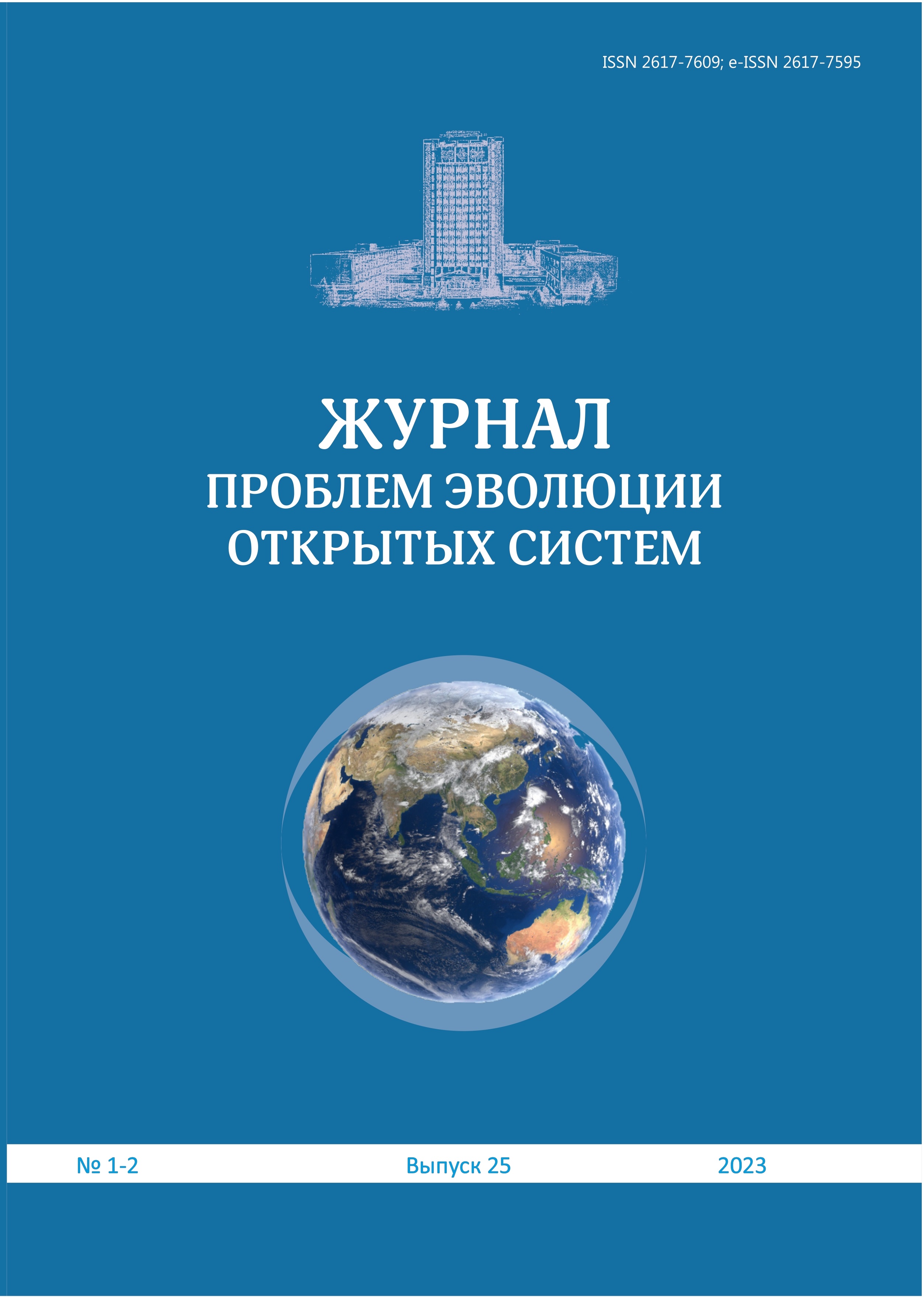ИССЛЕДОВАНИЕ ФОРМИРОВАНИЯ И ДИНАМИКИ РАЗВИТИЯ НЕИЗОТЕРМИЧЕСКИХ ЖИДКИХ ВПРЫСКОВ В РЕАГИРУЮЩИХ СИСТЕМАХ
DOI:
https://doi.org/10.26577/JPEOS.2023.v25.i1-2.i1Аннотация
Взаимодействие между технологическими процессами, происходящими попутно в огромном диапазоне масштабов времени и пространства, являются основой реагирующих систем. Под влиянием высвобожденной химической энергии горения топлив такие физические параметры течения как давление, температура и плотность среды претерпевают изменения, приводящие к переносу массы, импульса и энергии в газах. Существует мощное и многозначное взаимодействие между динамикой газожидкостной среды и физико-химическими реакциями в ней, что серьезно усложняет экспериментальное исследование реактивных потоков и создание, описывающую их строгую теорию. По этой причине компьютерное моделирование может успешно использоваться для прогнозирования и изучения поведения таких сложных технологических систем. Экспериментальные наблюдения и приблизительные фундаментальные модели предписывают законы, которым должны следовать открытые физические системы. Численные эксперименты могут послужить подтверждением проверки выполнения предлагаемых законов. В данной работе проведены вычислительные эксперименты по влиянию температуры газа в камере сгорания на процессы испарения, горения и дисперсии капель жидкого топлива. В результате проведенных модельных экспериментов были получены дисперсии капель жидкого топлива по высоте камеры сгорания, распределения температурного факела и зависимости концентрации продуктов сгорания от исходной температуры газа. В результате проведенных экспериментов по моделированию и изучения особенностей реализуемых процессов тепломассопереноса был определен эффективный режим горения.
Ключевые слова: горение, температура, испарение, распыл, инжектор, дисперсия, химическое превращение







